Gold and Silver extended their relentless rallies this week, with the former printing fresh record highs and the latter touching its strongest levels since 2011. The moves came despite a rebound in Dollar, highlighting the resilience of demand for safe-haven and strategic asset allocations. Gold is eyeing 4000 level, while Silver is pushing toward 50 mark, both psychologically and technically significant.
Extended inflows from central banks, sovereign wealth funds, and institutional investors remain at the core of the rally. The World Gold Council’s 2025 Central Bank Gold Reserves Survey, released in June, showed that 95% of central bankers expect global reserves to rise this year, with none forecasting a decline. Heightened geopolitical risk is the primary driver, while diversification away from Dollar continues to add impetus.
Silver’s fundamentals have reinforced its performance too. Tight supply conditions have helped maintain upward momentum, while structural demand from solar energy, electric vehicles, and electronics has added another source of resilience. Together, these factors explain why Silver has outpaced Gold in recent weeks.
Technically, there are various interpretations on the price actions since last record high at 3499.79. But in most cases, current up-leg should have started from 3267.90. For now, near term outlook will stay bullish as long as 3627.76 support holds. Next target is 61.8% projection of 2584.24 to 3499.79 from 3267.90 at 3833.70.
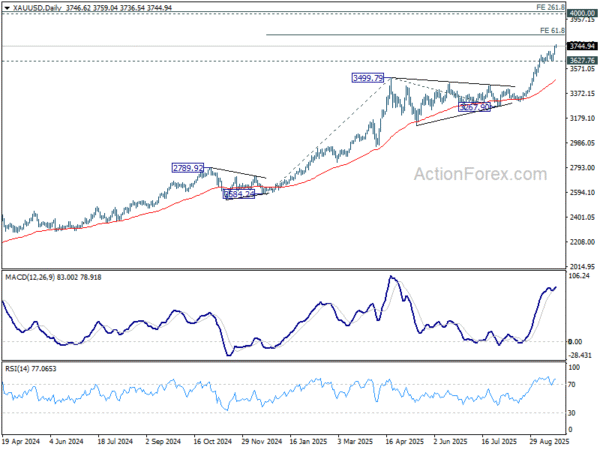
The longer-term picture for Gold is more compelling. The uptrend from 1046.27 (2015 low) is still in acceleration phase. Current rise from 1614.60 is seen as the fifth leg of the rally, targeting 261.8% projection of 1160.17 to 2074.84 from 1614.60 at 4009.20.
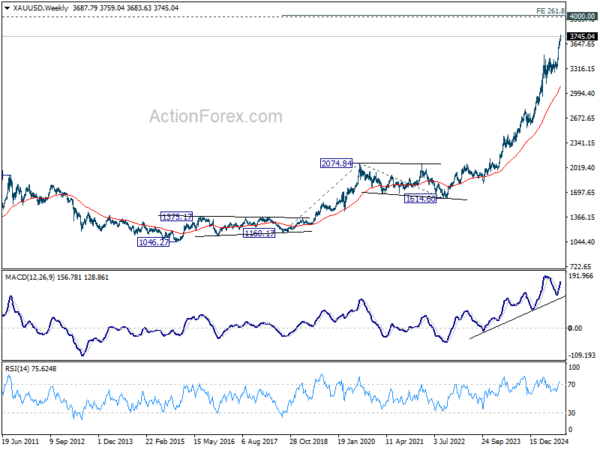
As for Silver, 61.8% projection of 28.28 to 39.49 from 36.93 at 43.85 target is already met and momentum stays strong as seen in D MACD. Outlook will remain bullish as long as 41.09 support holds even in case of retreat. Sustained trading above 43.85 will pave the way to 100% projection at 48.14.
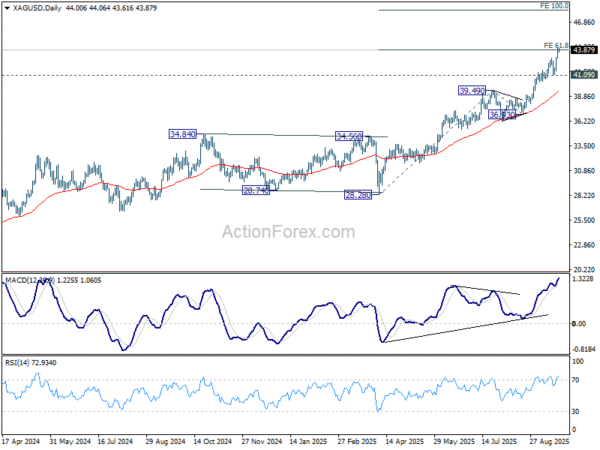
More importantly, as the fifth wave of the rise from 17.54 (2022 low), Silver is on track to 161.8% projection of 21.92 to 34.84 from 28.28 at 49.18 too.
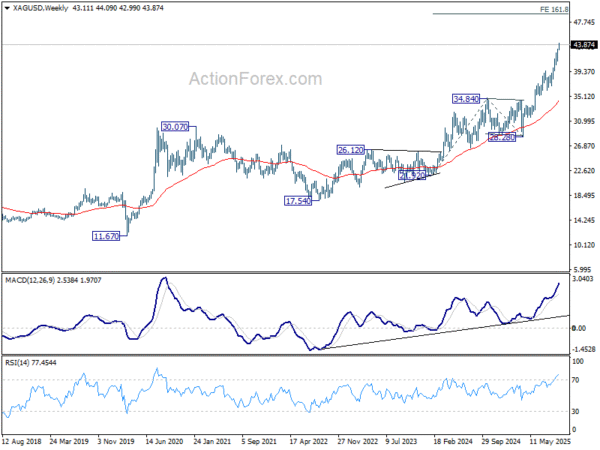




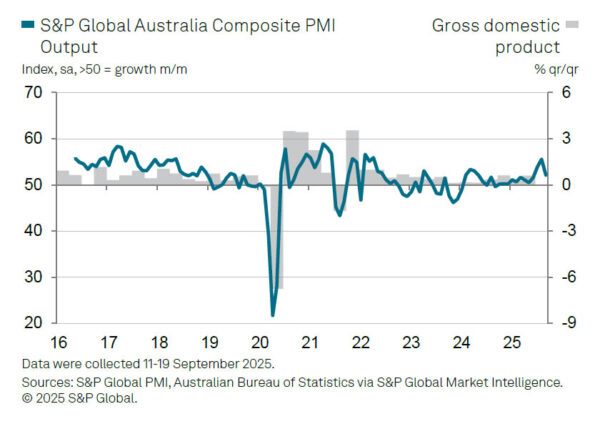
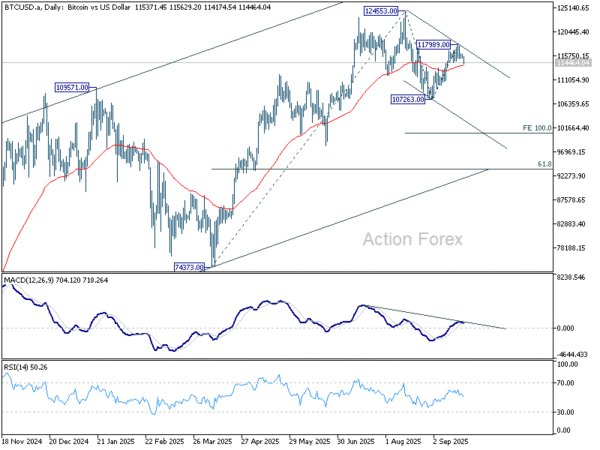
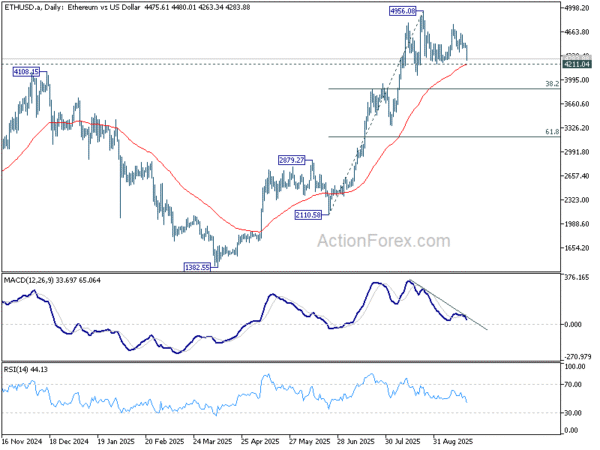
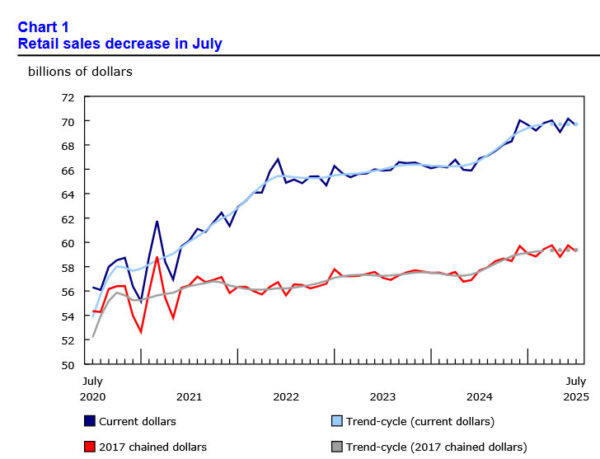
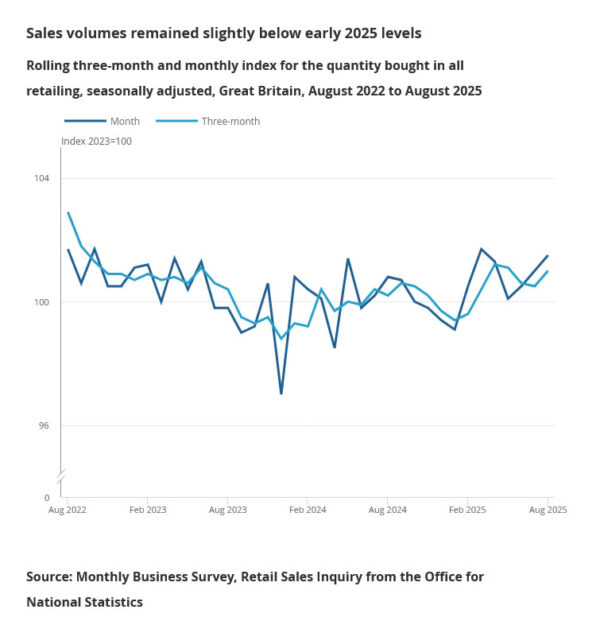
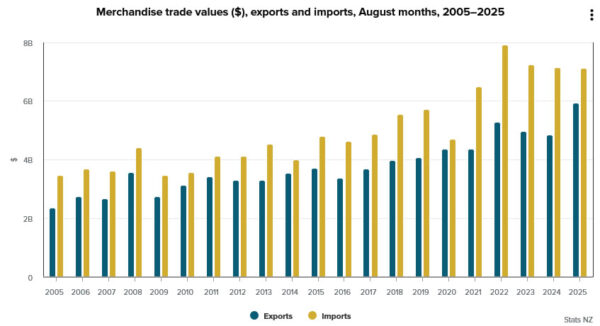
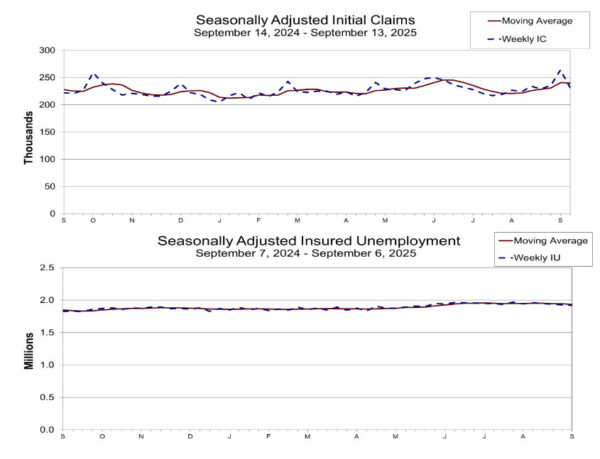

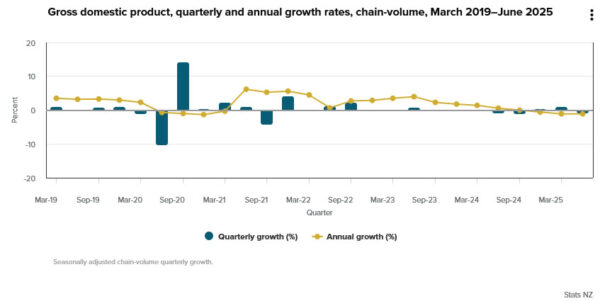
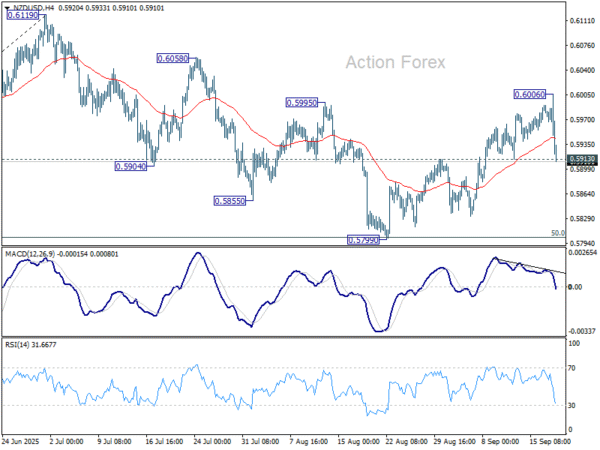
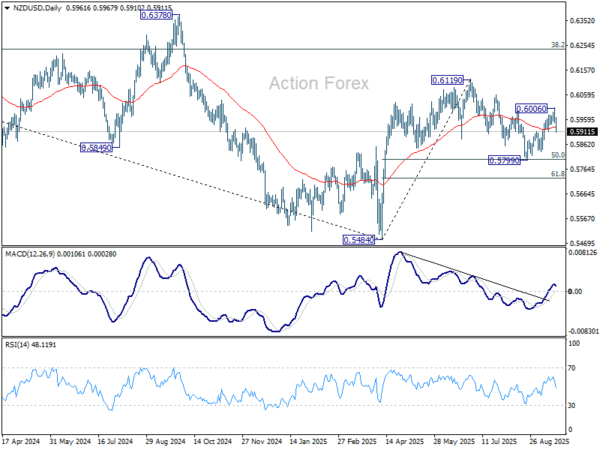
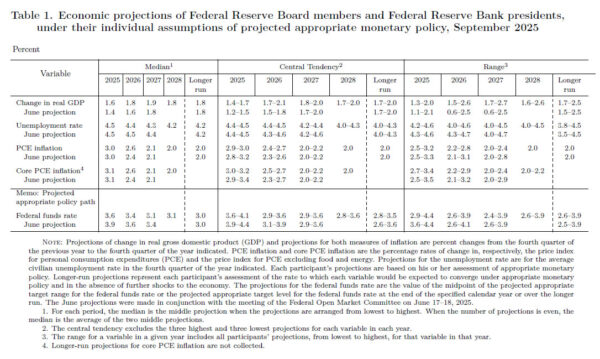
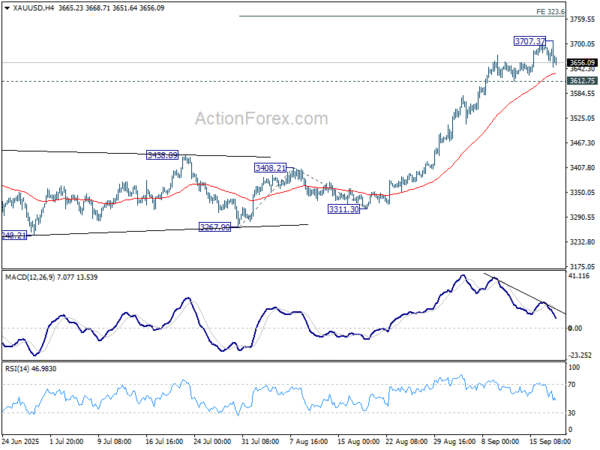
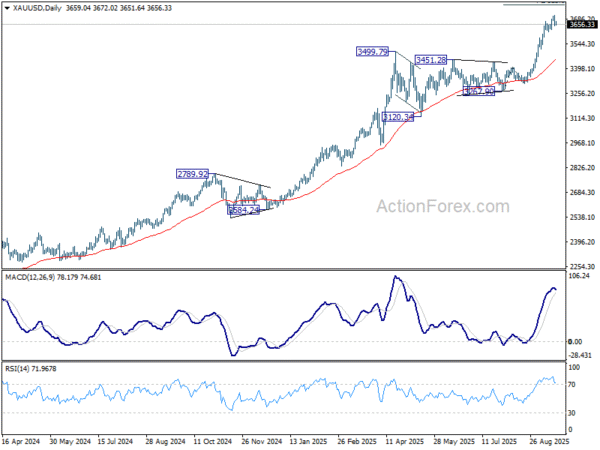

Gold’s record surge sets sights on 4000; Silver pushes toward 50
Gold and Silver extended their relentless rallies this week, with the former printing fresh record highs and the latter touching its strongest levels since 2011. The moves came despite a rebound in Dollar, highlighting the resilience of demand for safe-haven and strategic asset allocations. Gold is eyeing 4000 level, while Silver is pushing toward 50 mark, both psychologically and technically significant.
Extended inflows from central banks, sovereign wealth funds, and institutional investors remain at the core of the rally. The World Gold Council’s 2025 Central Bank Gold Reserves Survey, released in June, showed that 95% of central bankers expect global reserves to rise this year, with none forecasting a decline. Heightened geopolitical risk is the primary driver, while diversification away from Dollar continues to add impetus.
Silver’s fundamentals have reinforced its performance too. Tight supply conditions have helped maintain upward momentum, while structural demand from solar energy, electric vehicles, and electronics has added another source of resilience. Together, these factors explain why Silver has outpaced Gold in recent weeks.
Technically, there are various interpretations on the price actions since last record high at 3499.79. But in most cases, current up-leg should have started from 3267.90. For now, near term outlook will stay bullish as long as 3627.76 support holds. Next target is 61.8% projection of 2584.24 to 3499.79 from 3267.90 at 3833.70.
The longer-term picture for Gold is more compelling. The uptrend from 1046.27 (2015 low) is still in acceleration phase. Current rise from 1614.60 is seen as the fifth leg of the rally, targeting 261.8% projection of 1160.17 to 2074.84 from 1614.60 at 4009.20.
As for Silver, 61.8% projection of 28.28 to 39.49 from 36.93 at 43.85 target is already met and momentum stays strong as seen in D MACD. Outlook will remain bullish as long as 41.09 support holds even in case of retreat. Sustained trading above 43.85 will pave the way to 100% projection at 48.14.
More importantly, as the fifth wave of the rise from 17.54 (2022 low), Silver is on track to 161.8% projection of 21.92 to 34.84 from 28.28 at 49.18 too.